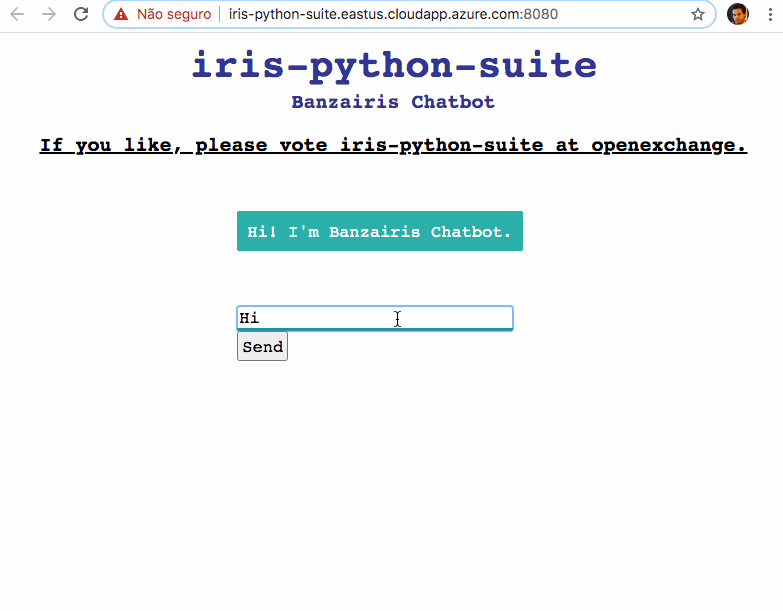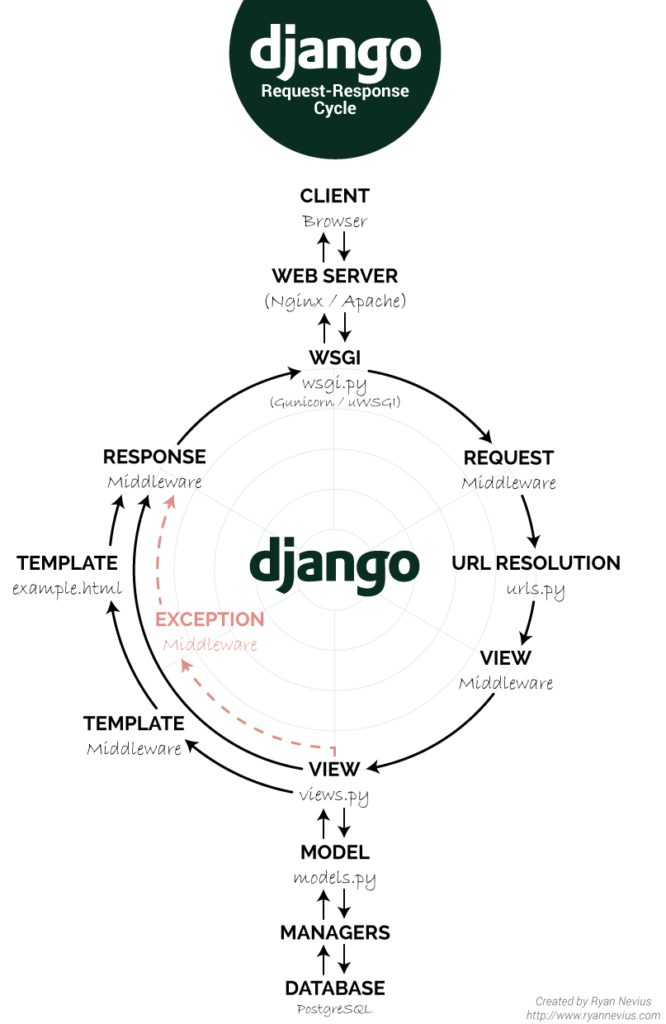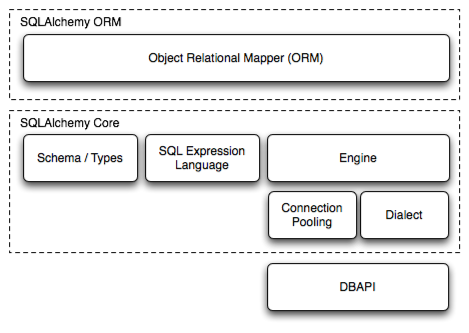Yet another example of applying LangChain to give some inspiration for new community Grand Prix contest.
I was initially looking to build a chain to achieve dynamic search of html of documentation site, but in the end it was simpler to borg the static PDFs instead.

.png)





.png)

.png)

